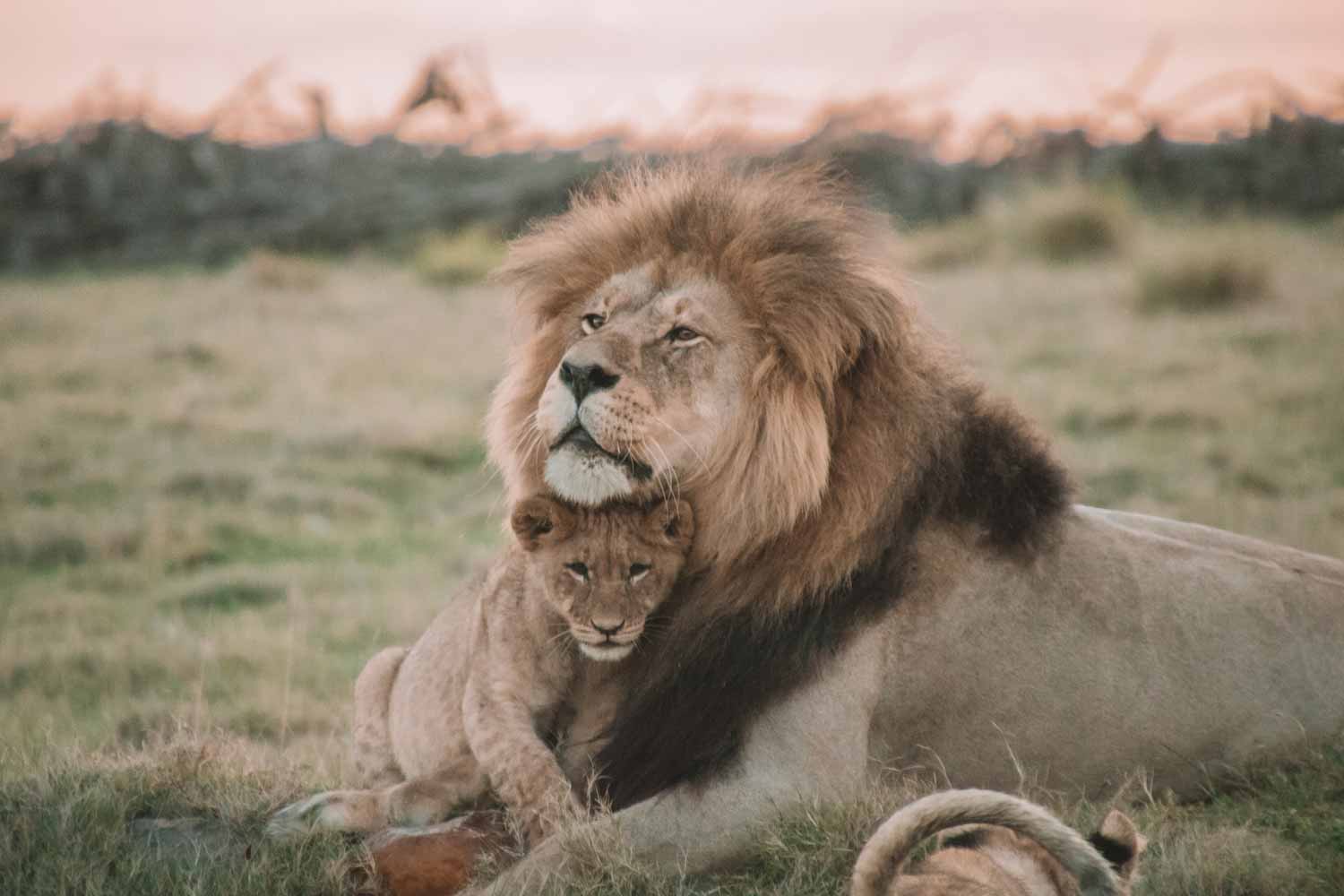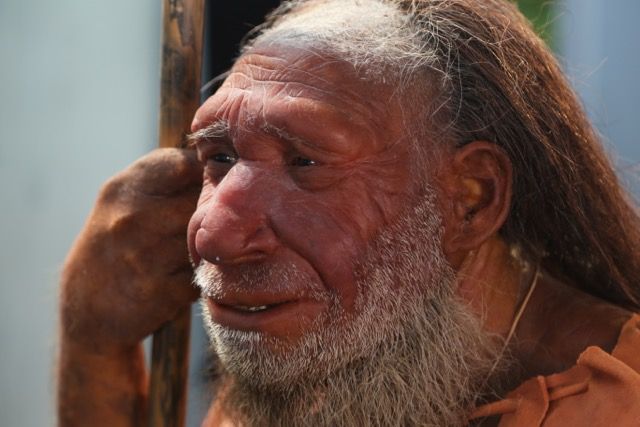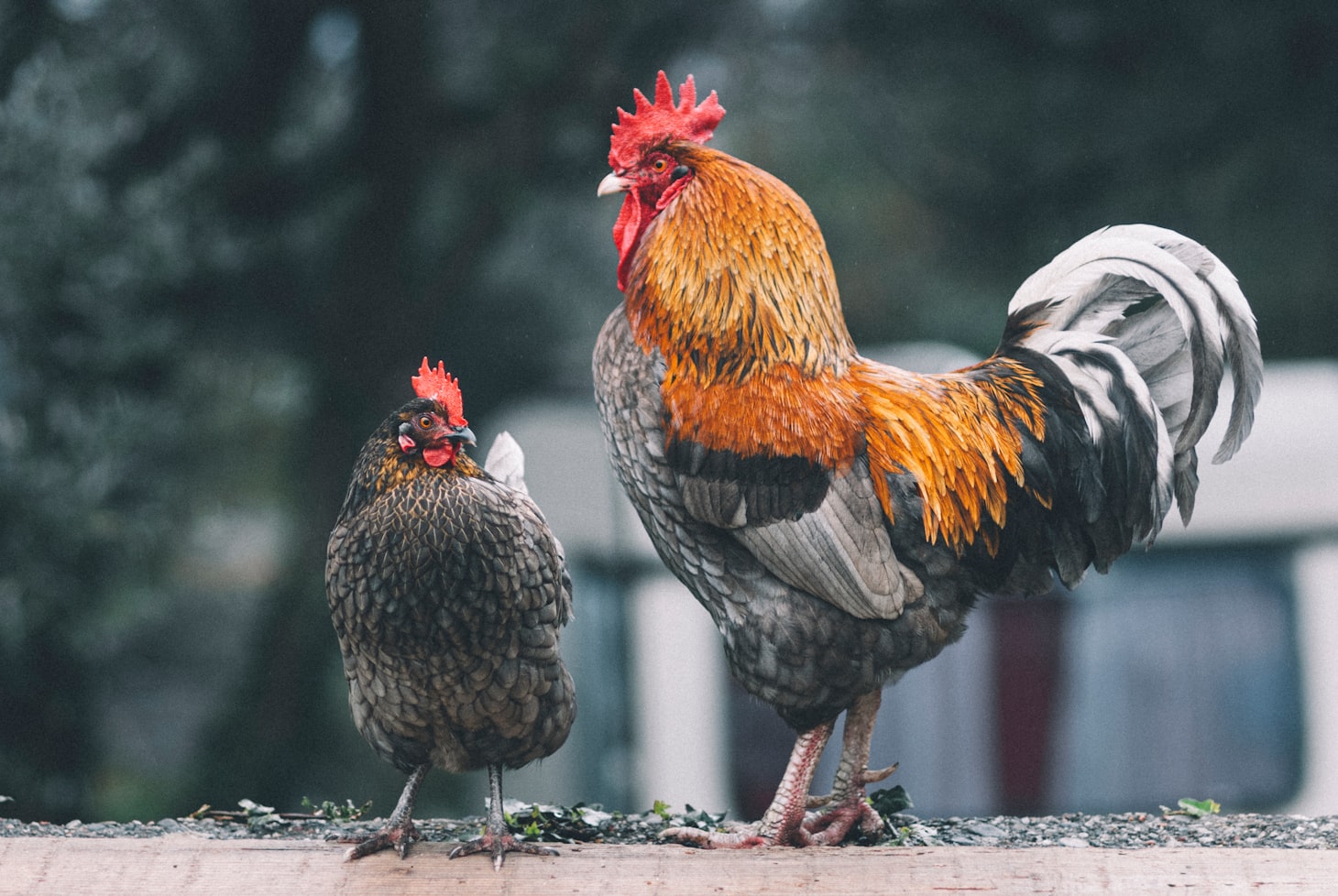Blog articles
Research highlight: Sexual dimorphism in the relationship between the gut and pelvis
We test the notion that pelvis dimensions can yield accurate estimates of gut size in fossil hominins by looking at today's people.

Goat immunity modified by introgression during and after domestication
A new paper in Science Advances describes some of the evidence for selection on introgressed genes in goats.

Neandertals got 6% of their genomes from Africa
An analysis by Melissa Hubisz and coworkers finds that mtDNA is not all that Neandertals received from our African ancestors

The genetic ancestry of modern lions
A comparison of surviving populations of lions in Africa and India with extinct lions, including cave lions from Siberia and Yukon.

How much Neandertal DNA do today's African peoples have?
New research shows that today's populations in Africa have around one third the Neandertal ancestry as people in Eurasia.

The transition to Middle Stone Age from Acheulean did not make humans more deadly
Reading a meta-analysis of faunal data by Geoff Smith and coworkers that concludes that all Middle Pleistocene African peoples hunted the same prey animals.

An enormous sample sheds light on the Denisovan ancestry of people in Iceland
Laurent Skov and coworkers have measured the very small amount of DNA shared within the Iceland population from Denisovan ancestry and they discuss several scenarios for how it may have gotten there.

Chicken ancient DNA and artificial selection during medieval times
A study on change in European chickens over time illuminates the challenge of studying selection in populations with immigration from other sources.

How much have baboons and geladas hybridized during their evolution?
Examining a paper that uses Alu insertions as a probe for ancient reticulation in the papionin tree of relationships.
There are no “anatomically modern” elephants. Why do we treat humans differently?
A quote from Phillip Tobias illustrates the strange way that we talk about human variation compared to other species.
